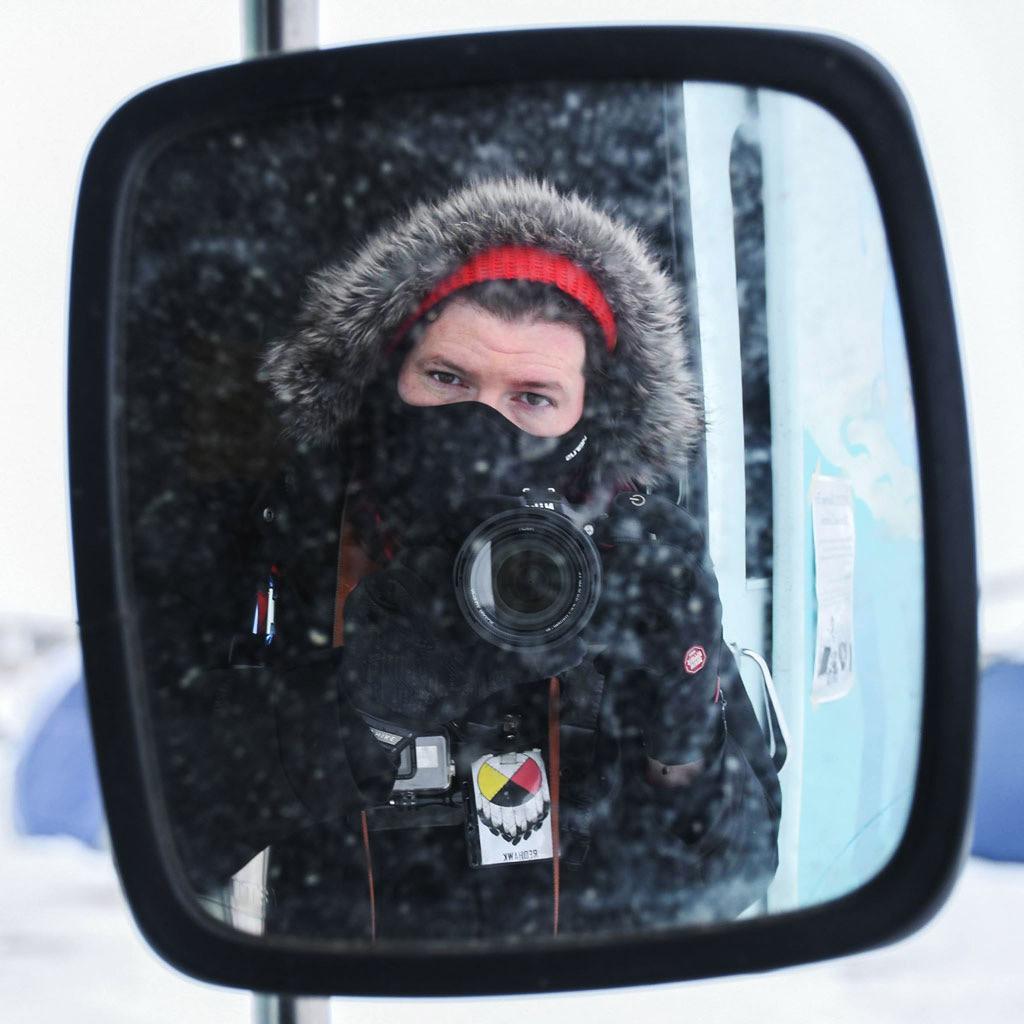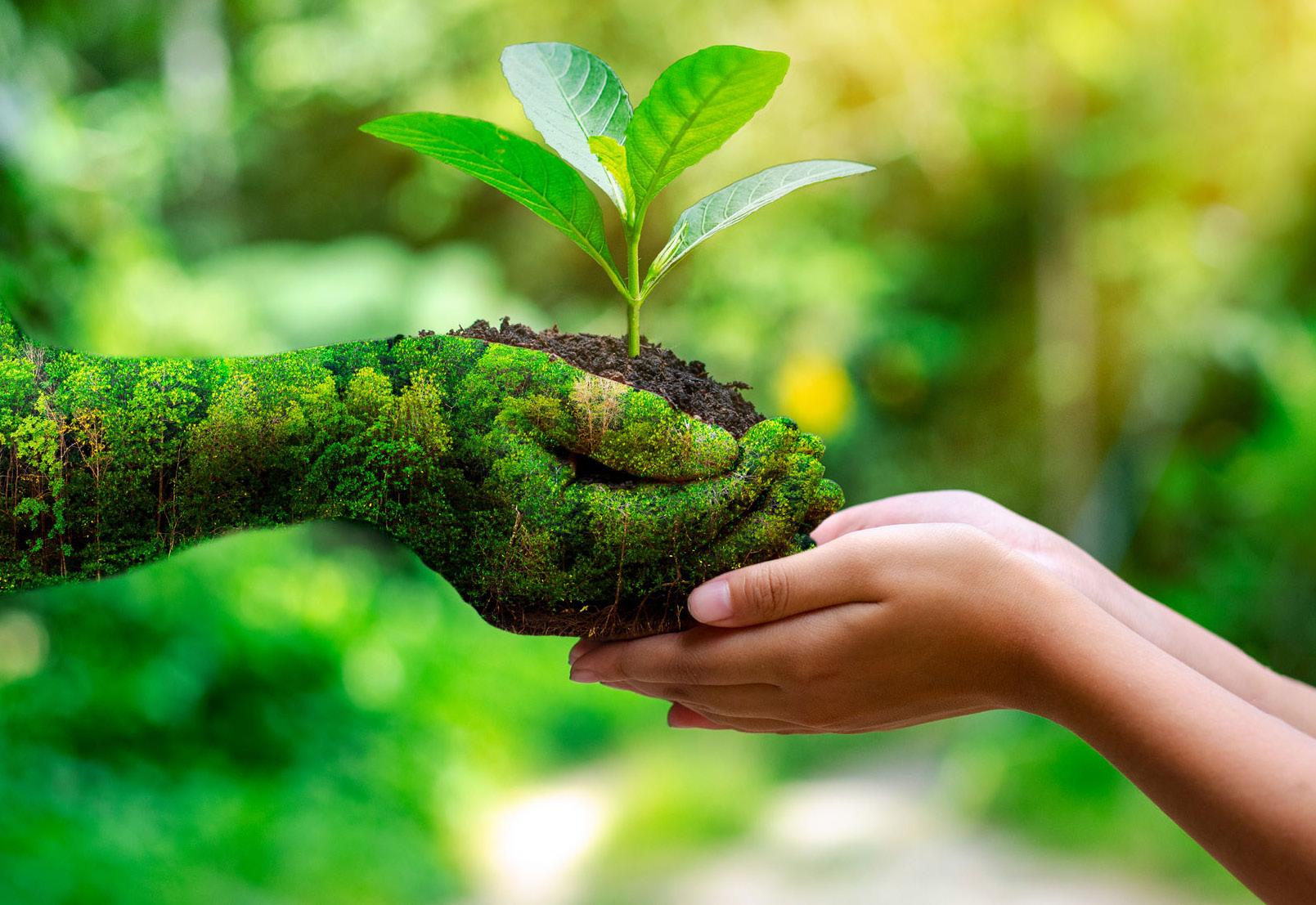
5 minute read
Mbish Bmadzewen— Water is Life
By Yvette Neshi Lokotz (March, 2017)
Writing an article about water requires a large amount of information and experiences to share. I can research information and write an article for you that just reiterates information you can find for yourself, but I would rather share with you about my perspective of water and how water is the force that has brought awareness to the world about human rights, Native American treaty rights, civil rights, and civil liberties.
Advertisement
Most of the Indigenous Nations in the United States have special ceremonies just for water. Why is water so important? I know this question sounds contrite, but there are some people who may not know the interconnectedness we have with water.
Humans can survive 8–10 days without water. Water (H₂0) is imperative to life just like oxygen (O). The need for water on the physical level is the easiest one to understand as it is very straightforward; if you have water to drink, you live. Science tells us that the earth’s surface, Grandmother Earth, is 71% water. Indigenous people have known for generations that the amount of water on the earth’s surface and beneath the earth is extremely important. When we are well hydrated, humans have a 70% level of water in our body. As indigenous people, our Elders taught us that our bodies emulate or are similar to Grandmother Earth’s body. It is no coincidence that our optimal level of hydration is the same as the level of the earth’s surface amount.
For Indigenous people, the spiritual aspect of water is just as important as the physical. Water is the life-blood of Grandmother Earth. Her blood spiritually nourishes us. Water is our first medicine because as human babies we are in our mother’s womb surrounded by water called amniotic fluid. The water surrounds us both inside and outside of our body.
It is this spiritual connection with our first medicine—water—that is also our emotional connection. In my family, when we have an emotional trauma, or we are feeling sad about an issue, we pray for assistance with tobacco and place the tobacco offering in a body of water such as a lake or pond and asking the Creator to take our emotional troubles from us. We also place tobacco in moving water such as a stream or river as part of a Naming Ceremony. It is our belief that the water will take our tobacco and prayer out over the entire world as the water flows to all parts of the world. The water announces the person’s spirit name to the world.
Water is in jeopardy all over the world due to pollution, and it has been this way for decades. Indigenous people take this seriously and stand against corporations such as oil pipelines and corrupt governments. The first forward feeling country, Slovenia, has made water a human right in their country’s constitution.
Here in the U.S., we have a long way to go. We were on the path of clean, protected water. Then a new president was elected and he nominated Scott Pruitt to be the secretary of the Environmental Protection Agency (EPA.) Pruitt was recently voted on and passed by Congress. Scott Pruitt is known for suing the EPA 3 times and will be the lead in dismantling the EPA by December 2018.
For First Nations People here in the US (Turtle Island), we have a double jeopardy: the dismantling of the EPA and broken treaties. Many times the place that corporations want to place pipelines is through reservations or unceded treaty territory. This placement of a pipeline is what has happened in North Dakota at the Standing Rock Sioux Tribe and the six other bands of the Sioux, known as the Oceti Sakowin. The Oceti Sakowin stand to protect the Missouri River, which is drinking water for 18 million people and to stop the Dakota Access Pipeline from being placed under the river. The pipeline was originally planned to be placed north closer to Bismarck but being a more populated area where there were many complaints made, it was moved by the Army Corps of Engineers South toward the Standing Rock Sioux and will cross their unceded treaty territory. This protection of the Missouri River is also a stand for treaty rights—treaty rights between the First Nations people and our federal government that the U.S. government did not honor and broke. I am referring to the Fort Laramie Treaty of 1851 and 1868.
Water is the common thread that connects all of us humans, all flora and fauna from every corner of the world. We all need water to live, to survive. The movement to protect the water at Standing Rock became a movement not just in North Dakota, but all across the U.S. and across the world. Water, the blood of Grandmother Earth, is precious and deserves to be respected and protected. Humans are hardwired to protect what they love. Some of us love water more than oil, more than corporations, and more than money. What would you do to protect what you love? How far would you go to protect what you love?

The cover picture this month [March, 2017] is a special image taken by photographer, Redhawk— Water Protector. The image is of the Missouri River where the Dakota Access Pipeline will cross. You can purchase Water Protector prints from Redhawk; check out his Facebook page, www.facebook.com/StandingRock-Rising-1131347910264898/ Please watch this video about sacred water and those who protect it at Standing Rock.
Bama Mine (Until We Meet Again), Neshi

Yvette Neshi Lokotz is a tribal member of the Prairie Band Potawatomi Nation, with Ho-Chunk Nation and Yaqui Nation descent, who was raised in the traditions of Ho-Chunk and Potawatomi cultures. She is a publisher, drum maker, and a Medicine Dress Dancer. Neshi is the C.E.O. of Star Nations Organization, which includes Star Nations Publishing, Star Nations Magazine, Star Nations Live Stream, and Star Nations Academy. She holds a B.A. in psychology and an M.A. in Management and Organizational Behavior. starnationspublishing@gmail.com | fb: StarNationsOrganization










